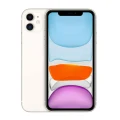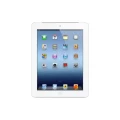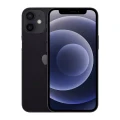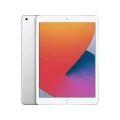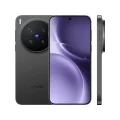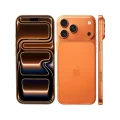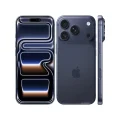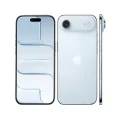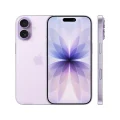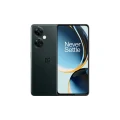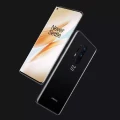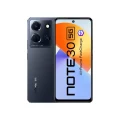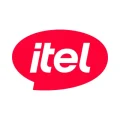- Home
- All Products
- Apple
- Apple iPad Pro 12.9 (2021)
Apple iPad Pro 12.9 (2021)
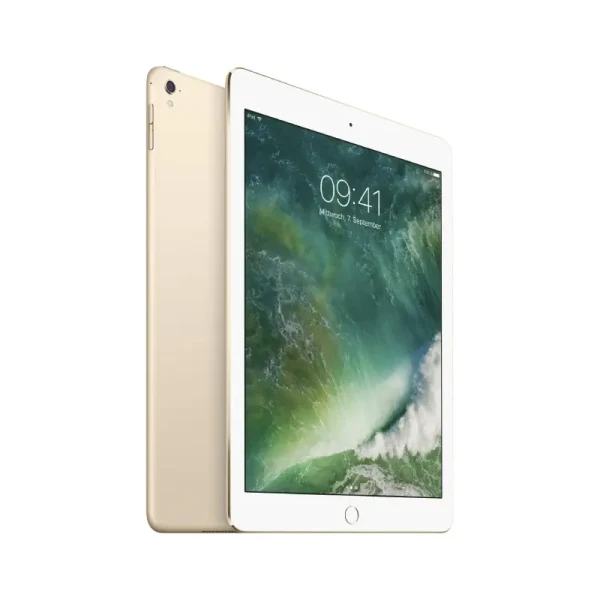

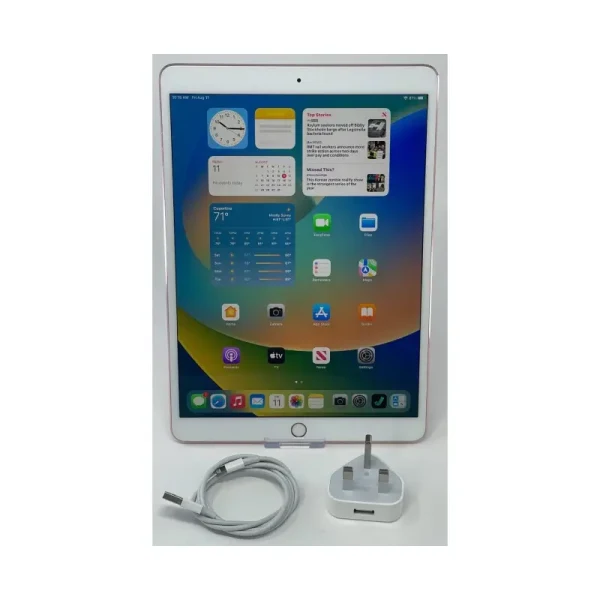
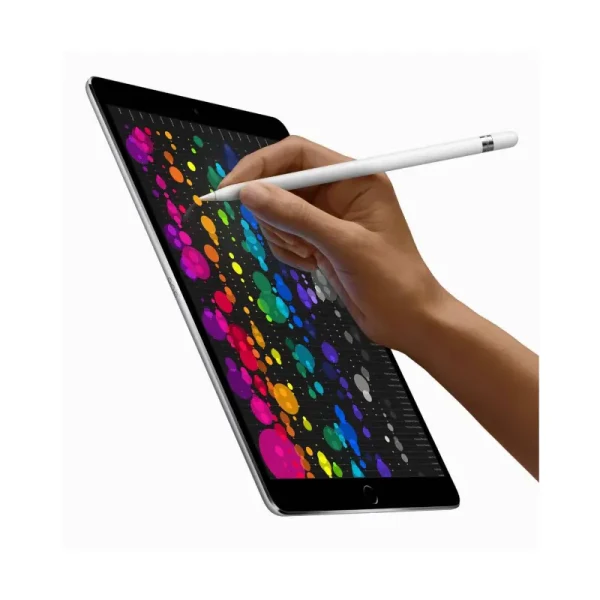
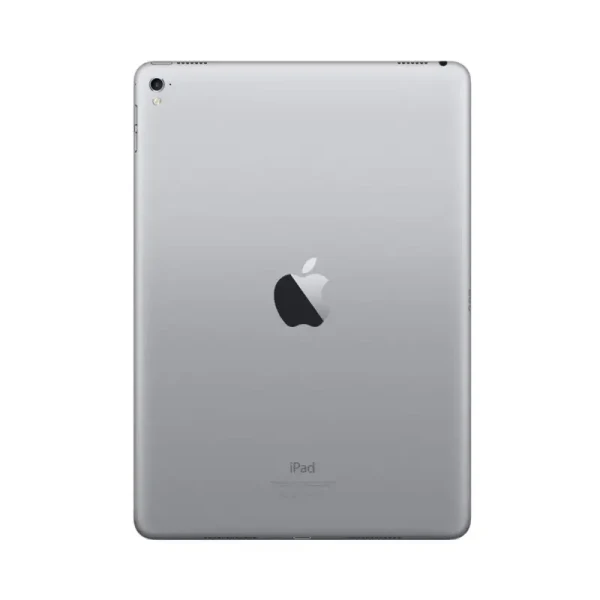
-
Battery: Li-Po 10758 mAh (40.88 Wh)
-
RAM: 8GB, 8GB, 8GB, 16GB, 16GB
-
Storage: 128GB, 256GB, 512GB, 1TB, 2TB
-
Display: Liquid Retina XDR mini-LED LCD, 12.9 inches
-
Camera: Rear 12 MP+10 MP, and Front 12 MP
-
OS: iPadOS 14.5.1, upgradable to iPadOS 17.2
Full Specifications
Price
| Official | 113000 BDT 8GB/128GB Approx. |
General
| Model | Apple iPad Pro 12.9 (2021) |
| Announced | 2021, April 20 |
| Released | 2021, May 21 |
| Status | Available |
Design
| Dimensions | 280.6 x 214.9 x 6.4 mm (11.05 x 8.46 x 0.25 in) |
| Weight | 682 g (Wi-Fi), 685 g (5G) (1.50 lb) |
| SIM SIM (Subscriber Identity Module) is a small card that contains mobile network subscriber's account information. This allows the phone using the card to attach to a mobile network. The SIM card is most commonly associated with GSM and UMTS mobile networks. Moving a SIM card from one phone to another allows a subscriber to switch mobile phones without having to contact their mobile network carrier. SIM cards can also be used by a phone to store limited amounts of data, such as phone numbers and text messages. |
Nano-SIM and eSIM Stylus support (Bluetooth integration; magnetic) |
| Colors |
Silver, Space Gray |
Display Specification
| Display Type Display Technology => A number of display technologies and types used in mobile phones => TFT (Thin Film Transistor), IPS (In-Place Switching), OLED (Organic Light Emitting Diode), AMOLED (Active-Matrix Organic Light-Emitting Diode), Super AMOLED (an even advanced version of AMOLED), Resistive Touchscreen (Resistive touchscreens contain two layer of conductive material with a very small gap between them which acts as a resistance), Capacitive Touchsceen (Capacitive touchscreen technology consists of a layer of glass coated with a transparent conductor) | Liquid Retina XDR mini-LED LCD |
| Size | 12.9 inches, 515.3 cm2 |
| Resolution | 2048 x 2732 pixels, 4:3 ratio |
| Refresh Rate | 120Hz |
| Pixel Density Pixel Density (PPI) is refers to the concentration of pixels on a particular display, measured in pixels per inch (ppi). Pixel density is calculated by dividing the diagonal pixel resolution of a display by its diagonal size, higher pixel density better display quality. | 265 ppi density |
| Display Protection Display Protection => Gorilla Glass is a special alkali-aluminosilicate glass shield with exceptional damage resistance that helps protect mobile displays from scratches, drops, and bumps of everyday use, It is always better to go for a smartphone with Gorilla Glass for that added protection and peace of mind. | Scratch-resistant glass, oleophobic coating |
| Features |
HDR10, Dolby Vision, 1000 nits (typ), 1600 nits (peak) 85.4% screen-to-body ratio |
Platform
| Operating System OS => Every computer system run on a base software called Operating System (OS). Operating System controls all basic operations of the computer (such as smartphone, PDAs, tablet computers and other handheld devices). The Operating System allows the user to install and run third party applications (apps), apps are used to add new functionality to the device. | iPadOS 14.5.1, upgradable to iPadOS 17.2 |
| Chipset Chipset is a group of integrated circuits designed to perform one or a more dedicated functions, often with real time computing constraints, Popular smartphones are equipped with more advanced embedded chipsets that can do many different tasks depending on their programming. | Apple M1 |
| CPU CPU (Central Processing Unit) mostly known as processors, CPU processes instructions in order to carry out certain functions that make your device operate properly. Processors are often described as the brain of computers, smartphones and tablets, Smartphones and tablets rely on processors to carry out their every task, Processors are an incredibly important factor in selecting any type of computing device, including your smartphone. | Octa-core (4x3.2 GHz & 4xX.X GHz) |
| GPU GPU (Graphics Processing Unit) is a single-chip processor designed to rapidly manipulate and alter memory to accelerate the creation of images in a frame buffer intended for output to a display, This includes things such as lighting effects, object transformations, and 3D motion. | Apple GPU (8-core graphics) |
Main Camera
| Camera Setup | Dual |
| Resolution |
12 MP, f/1.8, (wide), 1/3", 1.22µm, dual pixel PDAF 10 MP, f/2.4, 125˚ (ultrawide) TOF 3D LiDAR scanner (depth) |
| Features |
Quad-LED dual-tone flash, HDR |
| Video | 4K@24/25/30/60fps, 1080p@25/30/60/120/240fps; gyro-EIS |
Selfie Camera
| Camera Setup | Single |
| Resolution |
12 MP, f/2.4, 122˚ (ultrawide) |
| Video | 1080p@25/30/60fps, gyro-EIS |
| Features |
Face detection, HDR, panorama |
Network & Connectivity
| Technology | GSM / CDMA / HSPA / EVDO / LTE / 5G |
| Speed | HSPA, LTE-A, EV-DO Rev.A 3.1 Mbps, 5G |
| Wi-fi Wi-Fi is a popular wireless networking technology using radio waves to provide high-speed network connections that allows devices to communicate without cords or cables, Wi-Fi is increasingly becoming the preferred mode of internet connectivity all over the world. | Wi-Fi 802.11 a/b/g/n/ac/6, dual-band, hotspot |
| Bluetooth Bluetooth is a wireless communications technology for exchanging data between mobile phones, headsets, computers and other network devices over short distances without wires, Bluetooth technology was primarily designed to support simple wireless networking of personal consumer devices. | 5.0, A2DP, LE, EDR |
| NFC NFC (Near field communication) is a set of standards for smartphones and similar devices to establish peer-to-peer radio communications with each other by touching them together or bringing them into proximity, usually no more than a few inches. | No |
| Positioning |
GPS, GLONASS, GALILEO, QZSS (Wi‑Fi + Cellular model only) |
| FM Radio | No |
| USB | USB Type-C 4 (Thunderbolt 4), DisplayPort, magnetic connector |
| 2G Network |
GSM 850 / 900 / 1800 / 1900 CDMA 800 / 1900 |
| 3G Network |
HSDPA 850 / 900 / 1700(AWS) / 1900 / 2100 CDMA2000 1xEV-DO |
| 4G Network |
1, 2, 3, 4, 5, 7, 8, 11, 12, 13, 14, 17, 18, 19, 20, 21, 25, 26, 28, 29, 30, 32, 34, 38, 39, 40, 41, 42, 46, 48, 66, 71 - A2379, A2461, A2462 |
| 5G Network |
1, 2, 3, 5, 7, 8, 12, 20, 25, 28, 38, 40, 41, 66, 71, 77, 78, 79, 260, 261 SA/NSA/Sub6/mmWave - A2379 1, 2, 3, 5, 7, 8, 12, 20, 25, 28, 38, 40, 41, 66, 71, 77, 78, 79 SA/NSA/Sub6 - A2461, A2462 |
Battery
| Battery Type Battery Type => Cell phones run on various kinds of batteries depending on the manufacturer, phone size or shape and features. There are basically four types of cell phone batteries => Lithium Polymer, Lithium Ion, Nickel Metal Hydride and Nickel Cadmium. | Li-Poly (Lithium Polymer) |
| Capacity Battery Capacity is a measure (typically in Amp-hr) of the charge stored by the battery, and is determined by the mass of active material contained in the battery. The battery capacity represents the maximum amount of energy that can be extracted from the battery under certain conditions. | 10758 mAh (40.88 Wh) |
| Removable | No |
| Charging | - |
| Wireless Charging Wireless Charging (Inductive Charging) uses an electromagnetic field to transfer energy between two objects. This is usually done with a charging station. Energy is sent through an inductive coupling to an electrical device, which can then use that energy to charge batteries or run the device. | No |
Multimedia
| Loudspeaker | Yes, with stereo speakers (4 speakers) |
| Audio Jack | No |
Storage
| Card Slot Memory Card Slot is a special slot for inserting a memory card. Memory cards allow you to expand the phone's built-in memory, A memory card (sometimes called a flash memory card or a storage card) is a small storage medium used to store data such as text, pictures, audio, and video, for use on small, portable or remote computing devices such as mobile phones, mp3 players, digital cameras. | No |
| Internal Storage Internal Storage is a data storage space (flash memory) mostly used in smartphones, tablets and other electronic devices where operating system, apps, music, photos, videos, files and other user data Is stored. |
128GB 8GB RAM, 256GB 8GB RAM, 512GB 8GB RAM, 1TB 16GB RAM, 2TB 16GB RAM |
Sensors
| Fingerprint | No |
| Other Sensors | Face ID, accelerometer, gyro, barometer |
About the Apple iPad Pro 12.9 (2021)
The Apple iPad Pro 12.9 (2021) is one of the most powerful tablets ever made by Apple. Released on May 21, 2021, it features the Apple M1 chip, the same processor used in MacBooks, making it incredibly fast and efficient. The device sports a stunning 12.9-inch Liquid Retina XDR mini-LED display with 120Hz refresh rate, HDR10, and 1600 nits peak brightness, ensuring bright and crisp visuals for both entertainment and productivity. With storage options from 128GB to 2TB and up to 16GB of RAM, it handles heavy apps, 4K video editing, and gaming with ease.
The dual rear cameras (12MP wide + 10MP ultrawide) and LiDAR scanner offer excellent photography and AR experiences. The 12MP ultrawide front camera supports Center Stage, keeping you perfectly framed during video calls. Its Thunderbolt 4 USB-C port enables fast data transfer and supports high-end accessories. Running on iPadOS, it ensures a smooth and responsive user experience.
Main Key Features
- Display: 12.9-inch Liquid Retina XDR mini-LED, 120Hz
- Processor: Apple M1 chip
- RAM & Storage: 8GB/16GB RAM, up to 2TB storage
- Camera: Dual 12MP + 10MP rear, 12MP front
- Battery: 10,758 mAh with long-lasting performance
- OS: iPadOS 14.5.1, upgradable to iPadOS 26
- Connectivity: 5G, Wi-Fi 6, Thunderbolt 4
Pros & Cons
Pros
- Stunning mini-LED display with extreme brightness
- Ultra-fast M1 performance
- Excellent battery life
- Premium aluminum build
- Support for Apple Pencil (2nd gen) and Magic Keyboard
Cons
- Very expensive
- No headphone jack
- Heavy for long handheld use
Why Choose This iPad
Choose the iPad Pro 12.9 (2021) if you need a tablet that performs like a laptop. It’s ideal for creative professionals, designers, video editors, and business users who want desktop-level power in a portable form. The M1 chip, Thunderbolt port, and mini-LED screen make it future-ready and perfect for multitasking.
Opinion
The Apple iPad Pro 12.9 (2021) redefines what a tablet can do. It’s not just for entertainment — it’s a productivity powerhouse. Although pricey, its performance, display, and ecosystem integration justify the cost for power users.
See Another Model:
- Apple iPhone 17
- Apple iPhone Air
- Apple iPhone 17 Pro
- Apple iPhone 17 Pro Max
- Apple iPhone 16 Pro Max
- Apple iPhone 16 Pro
FAQs about Apple iPad Pro 12.9 (2021)
Q: Does the iPad Pro 12.9 (2021) support 5G?
A: Yes, the cellular model supports 5G connectivity.
Q: Can I use an Apple Pencil with this iPad?
A: Yes, it supports the Apple Pencil (2nd generation).
Q: Is it good for gaming?
A: Absolutely. The M1 chip and 120Hz display make gaming smooth and immersive.
Q: How long does the battery last?
A: It offers up to 10 hours of web surfing or video playback.
Q: Does it replace a laptop?
A: Yes, for many users — especially with the Magic Keyboard and iPadOS multitasking.
Give Your Review
Disclaimer Note
You can write your own disclaimer from APS Settings -> General -> Disclaimer Note.

